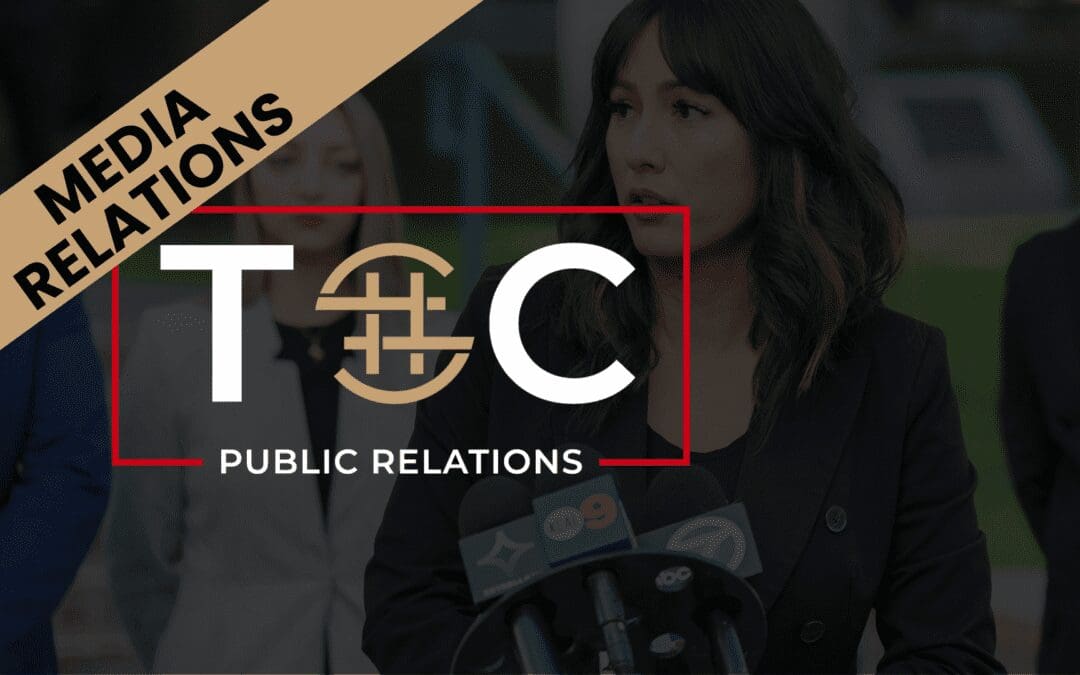Having a tight relationship with the media is critical in growing your organization, building authenticity, and gaining credibility. But, many agencies and organizations struggle to set their footing in the media landscape, failing to forge relationships, often due to...
Public Speaking Tips to Effectively Convey a Message to the Media and Public
Public speaking is a critical part of both public relations and public affairs. Being confident, understanding your audience and organization, and succinctly conveying communicative messages all play an important role in public speaking. Here’s a fun fact, did you...
Preparing for a Press Conference? Here Are Five Tips to Ensure a Successful Rollout.
Giving your first press conference or sometimes even giving your 20th press conference can be a daunting experience. Maybe your agency is providing you with a week to plan, or perhaps you have less than a day before the conference; either way, we have your back....

